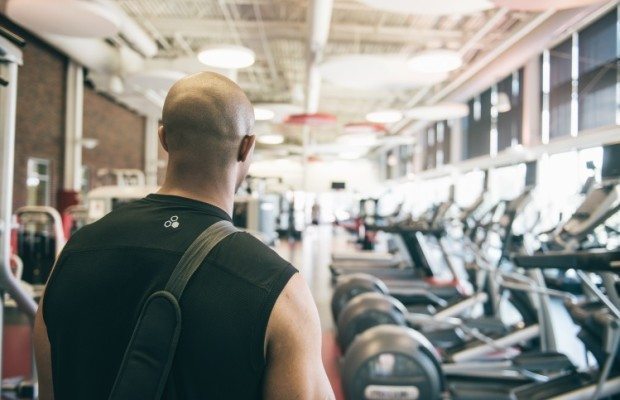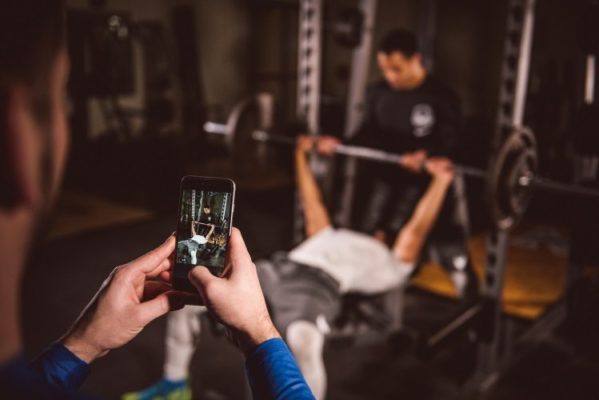4 Common Mistakes Athletes Make in the Offseason

Fierce athletes know there’s nothing “off” about the offseason – those weeks and months are all about preparing to come back better and stronger than the last time you competed. Getting better is never easy (and it shouldn’t be, right?) but these common mistakes can make offseason training even harder than it needs to be.
4. FLYING SOLO
One of the smartest things athletes can do to improve in the offseason is take up another sport. Get an extra workout by joining a rec league on top of your gym time, or go out for another one of your high school’s teams. Challenging your body in new ways, alongside other athletes, will boost your athleticism and provide valuable tools for your primary sport.
Link to original article in Hudl.com.
3. FAILING TO PLAN
When left to your own devices, it’s easy to float from one exercise to the next. But as long as you’re sweating and feeling the burn you’re doing good work, right? Maybe not.
A big difference between “working out” and really training is establishing a plan and sticking to it. Finding a consistent training schedule that works for you will make workouts more effective and remove any guesswork. Coaches and personal trainers are great resources for this kind of schedule, so definitely hit ‘em up.
2. MISSING THE POINT
Offseason training should be about becoming a better athlete. While your bench or vertical might increase, your focus needs to be broader. Focus on overall improvement, using your workouts to become stronger, more agile and better conditioned. Focusing on athleticism will help those sport-specific skills in the long run.
1. NOT TRACKING PROGRESS
Improvement takes time, and you won’t always realize progress as it happens – unless you’re keeping track. You’re bound to notice some tangible strides, like gained or lost pounds, but you may miss the more subtle differences like changes in your form, power and overall performance.
Take an inventory of your skills when you begin a training program so you have something for a comparison halfway through, and again when you’re finished. Use Hudl Technique to record yourself at the outset of a program, and you can check out your progress with side-by-side videos. The self-comparison and slow-motion playback make subtle improvements easy to spot.
You might surprise yourself with how far you’ve come.

